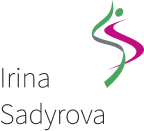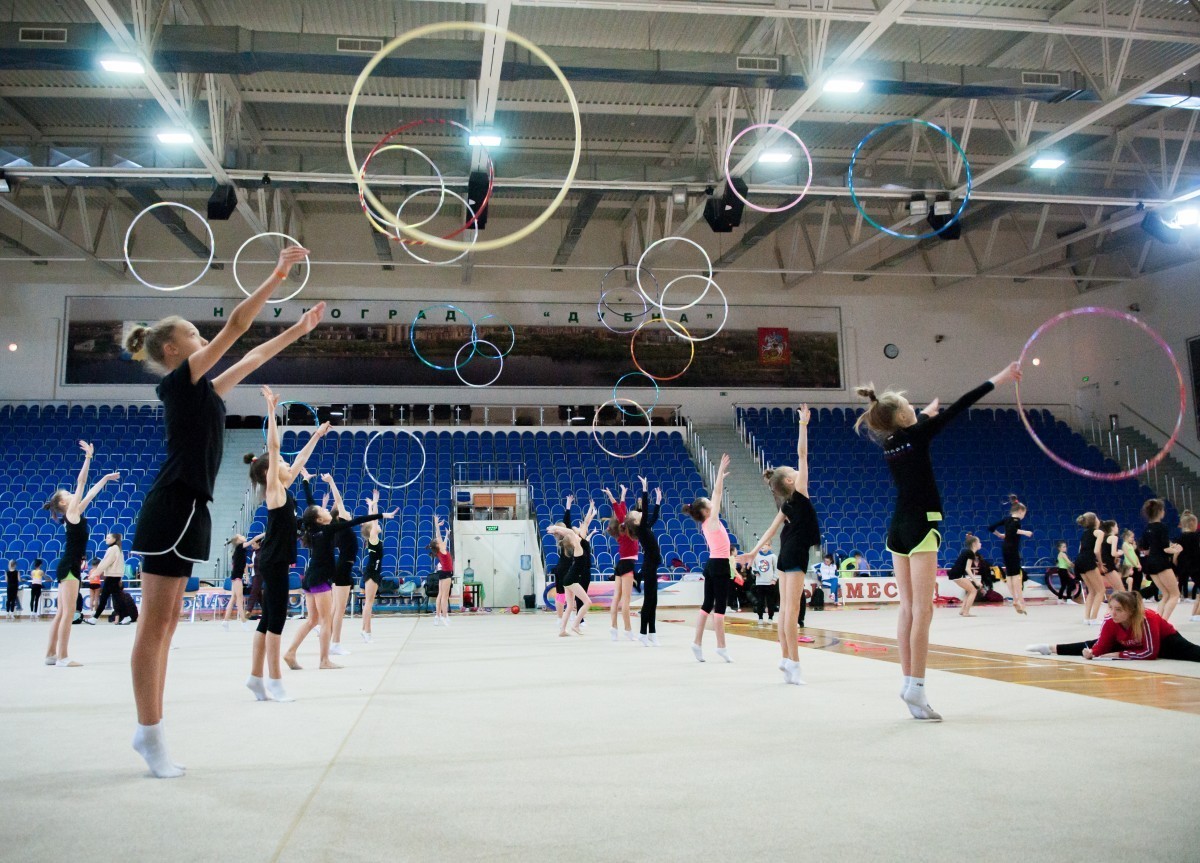Whch one is better: Private or public sports school for rhythmic gymnastics?
The rhythmic gymnastics schools recruit children at the age of 5-6, when motivation has not yet been formed, and it is easy to discourage the desire to practice. Therefore, even when looking for a section and a trainer, it is important to understand why you need the training and what results you expect.
Now there is a huge variety of training institutions: state schools, sections, rhythmic gymnastics clubs in almost every city. The choice of where to go depends on the goals of the gymnast and her parents.
Public Rhythmic Gymnastics Section
A streamlined training process, attention to details and discipline are the standard of top sports clubs. They employ coaches with specialized education, it is easy to find information and reviews about them.
Pros:
- Free lessons (according to the certificate of additional education).
- Consistency.
- High training efficiency.
High competition is a feature of sports schools. In our field, the competitive aspect is generally very important, but in the sections it is noticeable already at the selection stage. At the admission, the performance, flexibility and musicality of the girls are assessed, and since there are many who wish, many are screened out. At the same time, there are many cases when the child was not admitted to the public sports school, she worked in the private section for 1-2 years, and later easily entered the public school. It happens the other way around: a girl who has been selected for the public school cannot cope with physical or psychological stress and leaves.
Private Rhythmic Gymnastics Section for Children
Private schools accept everyone. There are no strict requirements, you can practice both for yourself and for the achievements. In the private section, the gymnast will be taught how to move beautifully, be flexible, self-confident, and if she makes good progress, she will be assisted in reaching a professional level.
Pros:
- Accessibility for children without the required parameters.
- More flexible age restrictions - you can start at the age of 3-4 or 8-10 years old.
The teaching level in sports clubs has improved over the past few years, and girls can easily compete with the students of public sport schools. At the same time, the non-public section has more opportunities for flexible planning of the educational process. For example, a coach can recruit small groups, literally a few people, so that each gymnast gets maximum attention.
Training Camps
Training Camps are a kind of impetus for the child: they are a great opportunity to work out individual elements, gain new skills and experience communicating with other gymnasts and coaches.
Training camps and master classes are available for students of public sports schools and private sections. They are organized by training centers: it can be a rhythmic gymnastics Olympic reserve sports school, a state or private club or a personal trainer. The training camps are often off-site: the girls train for several days, practicing for 4-6 hours a day.
The camps' main target is always the progress. Inspiration and emotions are born when the body thoroughly knows the nuances of movements and performs them almost automatically. Training camps give skills, but without the gymnast's constant work the result can be short-lived.
« back









 Moscow region, Dubna
Moscow region, Dubna

